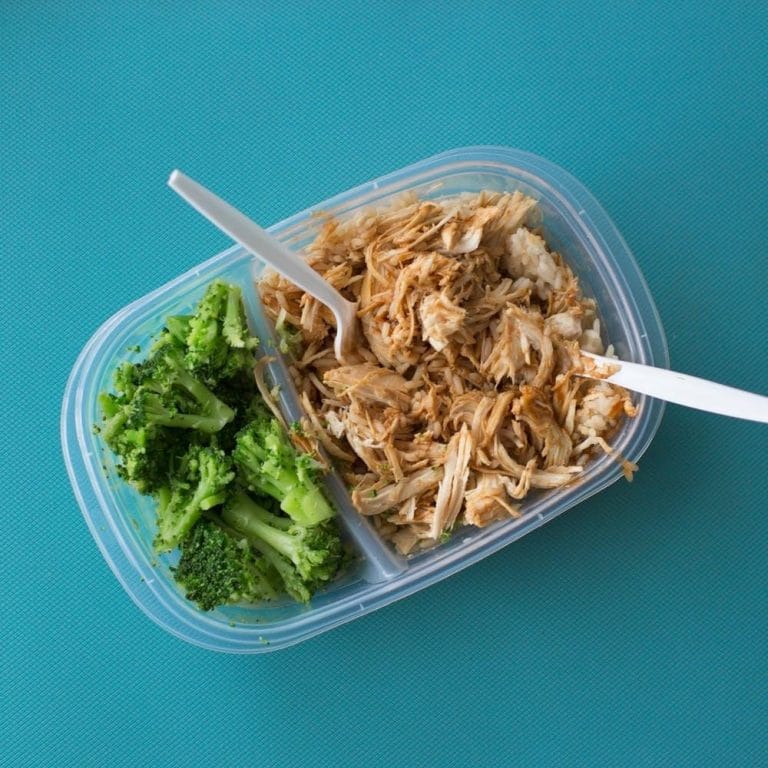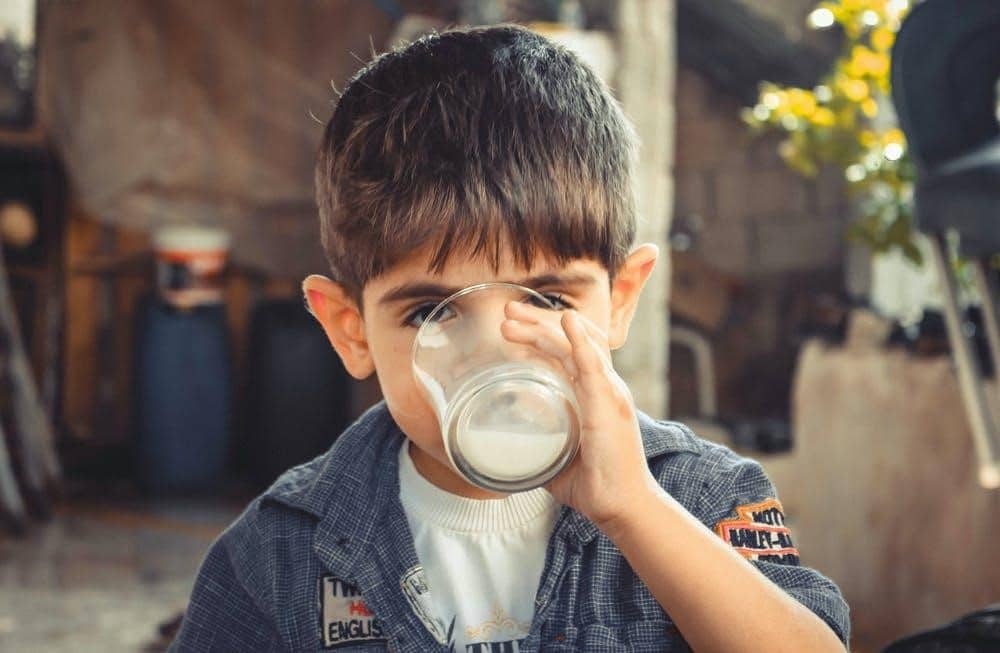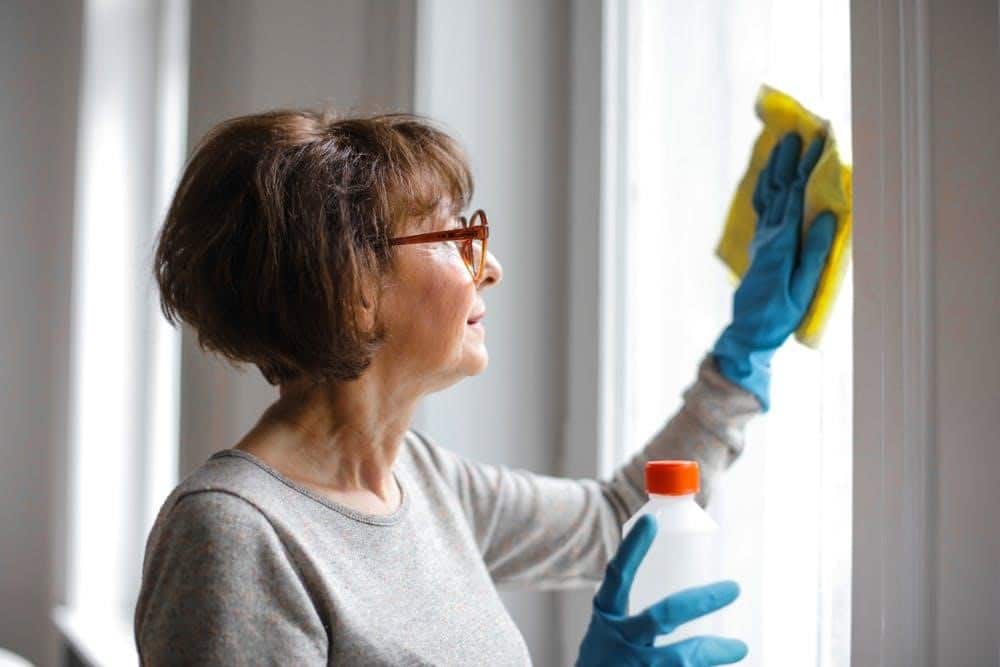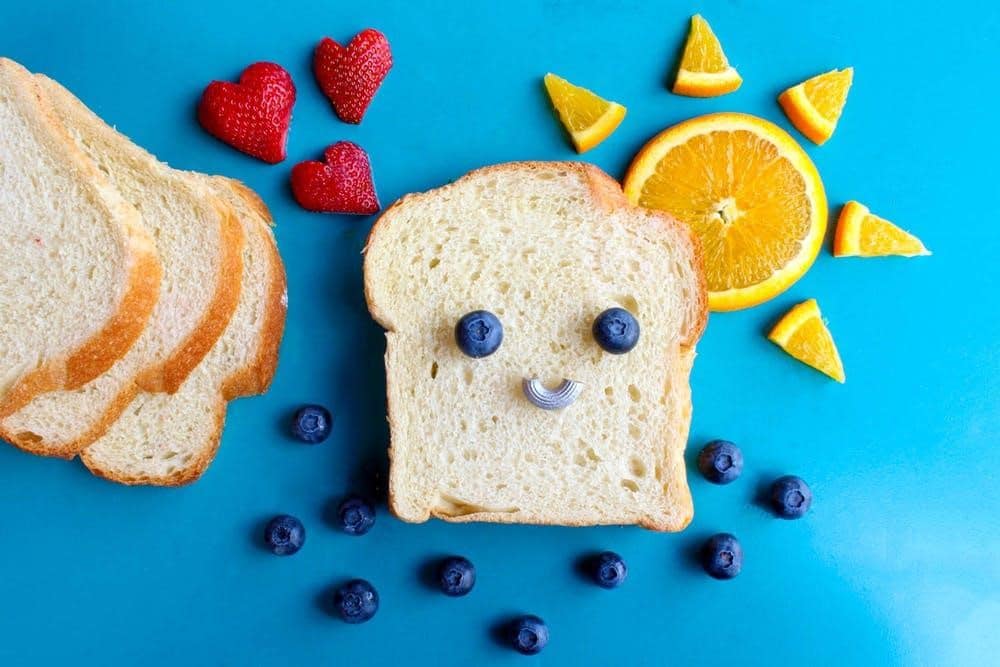
Remember when you were a kid in school and you would countdown the minutes until lunchtime? Well, maybe your opinion and excitement would be slightly different if you knew the truth. But, what is the truth about cafeteria food?
Cafeteria food is considered ”unhealthy” or ”could be better” by many families and because of that, there have been several organizations created to help make school lunches healthier and what things are contributing to the problem?

Part of the problem?
The School Milk Program was put in place to ensure that schools provided every student with cartons of milk to go with their lunch. Many schools have eliminated unhealthy or sugary beverages and replaced them with better alternatives such as water bottles, and of course, milk. However, there are still some families that believe milk is also an unhealthy beverage for kids. Most of these families are vegan and encourage schools to provide vegan-friendly options such as almond milk.

The USDA Food Program is responsible for providing schools with hundreds of millions of dollars worth of meat, produce, and dairy at no cost to the school. By doing this the program helps to stabilize food prices. While this program is very beneficial to the students that desperately need healthy food for lunch, the government often purchases these foods from factory farms rather than natural farms.
What is factory farming? Factory farms are large corporate based businesses that use inhumane and unethical means to ramp up production of meat, dairy, and produce.
Unhealthy school venders are another reason that school lunches have been less than perfect. These venders are contracted by the schools to choose what foods the cafeteria receives and ultimately serves to the children. The venders are not necessarily contracted to choose the most healthy foods and they are more often than not just out to make money.
Funding is another problem that leads to less than perfect school lunches. Schools are only given so much funding and with that money, they need to keep their lights and heat on, keep their staff paid, and fund their school programs. They also need to put their money into the school lunches and some schools also offer breakfast and after school meals as well. But, if the money is tight then some things will start being cut like sports, extracurricular activities, and possibly even the quality of the food that is served.

The other side of the truth about cafeteria food involves the cleanliness of the staff and the kitchen.
The hygiene and cleanliness of a school cafeteria staff and kitchen should follow the same protocol as any other restaurant. This includes handwashing, table and chair cleaning, floor mopping, counter disinfecting, etc.
Cafeteria Food: What is being done to fix these problems?
The Healthy, Hunger-free Kids act was passed in 2010. As a result of this act, standards for food in schools changed in 2012. School meals are now required to include fruit, vegetables, whole grains, and fat-free or low-fat milk options. The meals are also required to be made with less sodium content and without any trans fats.

![]() What can you do?
What can you do?
Use your voice and ask the school board directly about their standards of school meals. If you don’t agree with it then use your voice to inspire change.
Use your pocketbook and donate to the school. Schools are often underfunded and teachers are underpaid. School programs are being cut left and right and quality is lacking in every area of the school systems so donating to the school can help bring back the quality that the teachers and students deserve.
Packing your child’s lunch can help you to control what your child eats for lunch. This doesn’t solve the bigger problem but it can teach your child how to choose healthy foods and if more children are taught that from the beginning then they are more likely to grow up and continue the cycle.